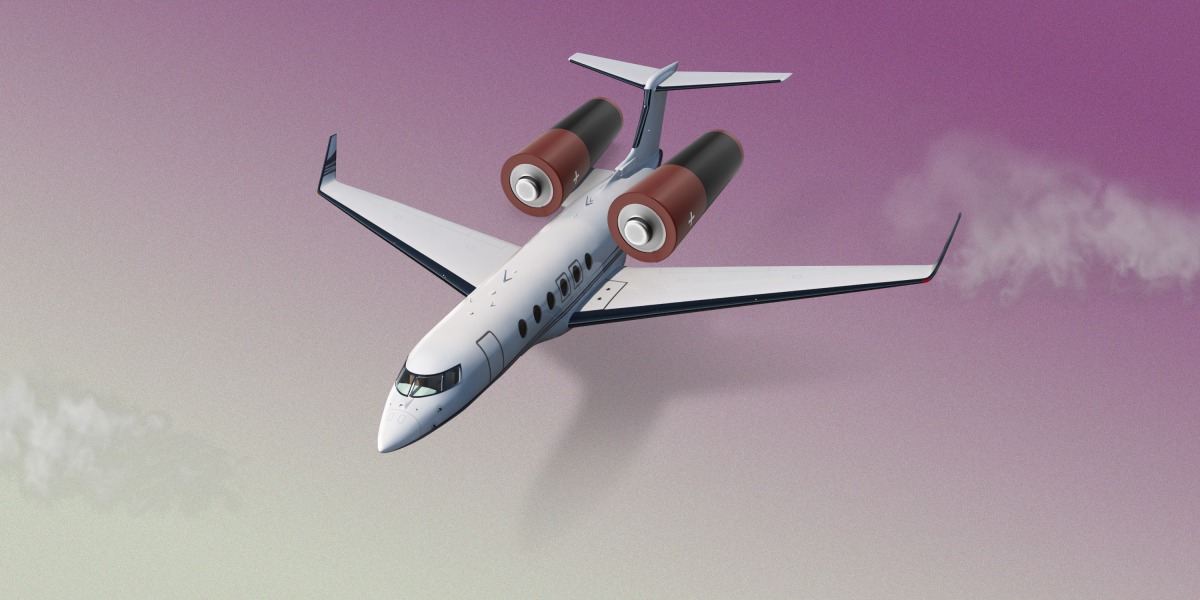
The company plans to start in niche markets—like hopping across fjords in Scandinavia. These routes are difficult to replace with ground transport, and in some countries, like Norway, they could be subsidized by the government.
Forslund says that these trips are just the beginning, though, and the goal is to expand regional flying globally. Even with current battery technology, the company claims, its planes could be able to fly about 400 kilometers, or 250 miles. That’s about the distance between New York City and Boston or Paris and London.
The battery requirements to fly even these short trips are pretty substantial. Heart’s 19-seat planes will carry about 3.5 tons of batteries on board, for a combined capacity comparable to that of eight to 10 electric vehicles.
Wright Electric, a US-based startup, is aiming for even bigger planes. The company, which plans to retrofit 100-seat aircraft with batteries for short routes, also anticipates flying by 2026.
Turbulence
Some in the industry are skeptical that such planes could be successful without major improvements to batteries. “The battery technology is just not there yet,” Mukhopadhaya says.
In a recent report by the ICCT, Mukhopadhaya and his colleagues found that the range of electric aircraft would be severely limited with existing energy storage technology. “We were surprised by how terrible the range was, frankly,” he says.
Using estimates for current battery densities and plane weight restrictions, the analysts estimated that 19-seat battery-powered aircraft would have a maximum cruise range of about 260 km (160 miles), significantly less than the company’s claim of 250 miles.
Forslund argues that estimates by outside observers don’t give a true picture of the company’s technology, since they’re not privy to details about its battery pack and plane design. (The company plans to design its own aircraft rather than retrofitting an existing model to run on batteries.)
